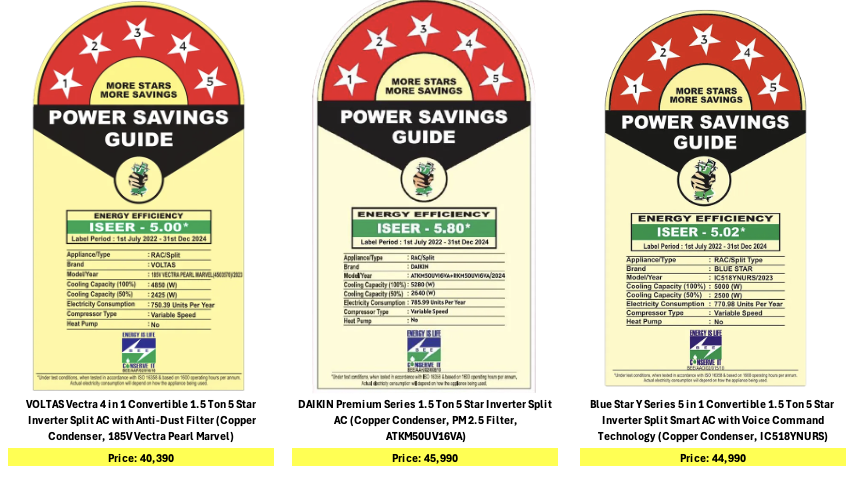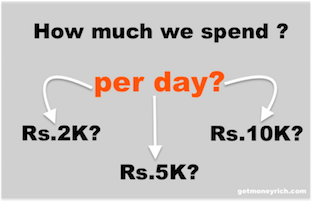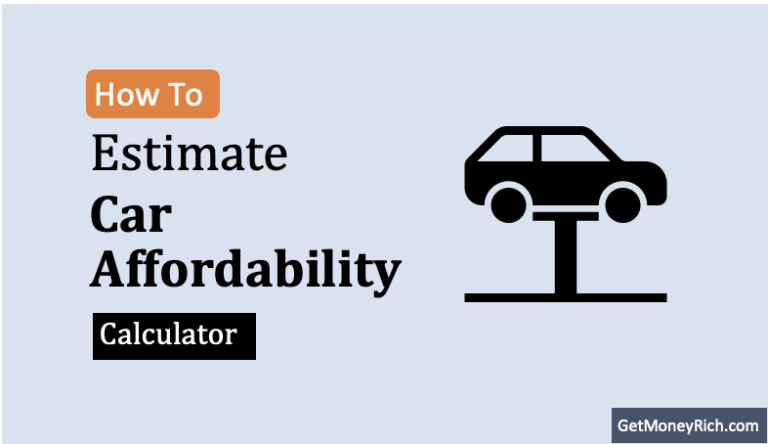Summary:
- If you’re choosing a 1.5 Ton 5-Star inverter AC for a bedroom, the Daikin Premium series is the best pick. It has the highest efficiency (ISEER 5.80) and strongest cooling (5280W), meaning it cools faster and uses less electricity in real-world conditions, even if its label shows slightly higher annual units. Blue Star Y Series is a good middle-ground option, offering flexible cooling modes and solid build quality at a slightly lower price. Voltas Vectra is the cheapest upfront but less efficient; it may lead to higher electricity bills over time because of its lower capacity and ISEER.
AC Saving Estimator
AC Size Calculator
Introduction
It’s a hot summer evening, say in Bangalore or Pune, and you’re about to relax to your west-facing bedroom after a long day. The room has been warmed by afternoon sun. You set your AC to 26°C for a comfortable 8-hour sleep. But at the back of you mind, you are also worried about the high electricity bill due to the AC run. So you have decided to replaced your old AC with a new 5-star AC (for better energy efficiency).
Which AC will keep you comfortable without shocking your electricity bill?
We’ll compare three popular 1.5 Ton, 5-Star inverter ACs, Voltas Vectra, Daikin Premium, and Blue Star Y Series. We’ll se their official energy labels and real-life performance for comparison.
The answer may surprise you. A slightly higher energy-use number on paper doesn’t always mean higher bills in practice. Yes, I’ll explain this as well in this blog post.
You can use this blog post as your method to identify a value for money AC for your home.

Understanding ISEER and AC Efficiency
Before diving into models, let’s first decode the jargon.
In India, AC efficiency is measured by the Indian Seasonal Energy Efficiency Ratio (ISEER). Simply put, ISEER is the total heat an AC removes divided by the energy it consumes .
A higher ISEER means better efficiency. Higher ISEER translates into more cooling per unit of electricity.
For instance, Daikin’s ISEER is 5.80, much higher than Voltas’s 5.00 or Blue Star’s 5.02. That means Daikin can remove more heat per kWh.
Energy labels also list the annual energy consumption (units per year) under standard conditions (often 1,600 hours of use).
- Daikin’s label says 785.99 units,
- Voltas 750.39, and
- Blue Star 770.98.
On paper, in terms of energy consumption, Voltas looks best (only 750 units) and Daikin worst (786 units).
But remember, Voltas has lower cooling capacity (4850W) than Daikin (5280W). Daikin’s 30% higher capacity means it can cool faster.
When you combine high capacity with high ISEER, you often need the AC unit to run less to get the same coolness.
In other words, Daikin’s bigger, more efficient compressor is like a turbo engine that does the job quickly and then runs at low power (saving electricity). How? Because a compressor like that of Dikin, will each the set temperature (say 26 Dec C) faster, and then will run at say 50% capacity.
In the real world (especially at night in warmer cities of India), this usually saves energy overall, even if the label shows slightly more usage.
Higher ISEER and EER indeed mean a more efficient AC .
Daikin Premium Series AC
Daikin’s 1.5 Ton Premium inverter AC packs a 5280W cooling punch and a 5.80 ISEER rating.
It is by far the highest here.
On paper it “consumes” ~786 units/year. The energy consumption is slightly above Voltas.
But think of what it does.
It cools more air per second. For a 12 feet x 10 feet bedroom (120 sq.ft room), the Daikin can drop the temperature to 26°C faster. When the room is already cool, its inverter compressor slows down dramatically to maintain the set point.
Because Daikin’s AC has such a high ISEER, each kilowatt-hour yields more cooling.
That is why it says, “the higher the ISEER value, the more is the efficiency of the air conditioner”.
So even though the Daikin’s label says 786 units, that’s measured at 100% capacity hours. In practice, once the bedroom is chilled, the Daikin quietly hums at low speed, avoiding the on-off spikes of older ACs. You won’t notice it gulping power; you’ll just enjoy a cool room.
Also, Daikin’s strong capacity means it can handle hot west sun better.
When the AC starts in the evening, Daikin jumps to a “turbo” mode, then back off. Despite its higher sticker units, in real use you often see lower average power draw.
That extra 10% ISEER over Blue Star or 16% over Voltas more than compensates for the capacity boost.
In short: Daikin’s label may say “785.99 units,” but its high ISEER and capacity tell us it will likely save more electricity as it works efficiently at lower loads.
How Inverter Technology Saves Power
All three units are inverter ACs, and that technology is key at night.
Unlike old-style ACs that bang on full and then shut off, inverter ACs vary compressor speed smoothly. This means the AC runs continuously but adjusts output to exactly what’s needed.
The AC can coast at low power once the bedroom is at 26°C. The ACs with inverter models “consume significantly less electricity than single-speed systems. Such ACs avoid the high energy spikes associated with startup.” Fewer start-stop spikes mean less wasted energy.
In practical situation, the outside temperature might be around 30–32°C, not the peak 45°C. The AC will cool the room early on and then mostly just maintain temperature. An inverter AC slows down its compressor, often to just 20–30% power, to hold the setpoint.
That steady, gentle operation is comfortable (fewer temperature swings) and efficient. You sleep in silence, not hearing the AC kick on loudly every few minutes.
So, inverter tech in all three ACs gives smooth cooling.
But Daikin’s better ISEER means when it throttles down, it does so with lower power input than the others. In short: all are good, but Daikin’s inverter has a head start with its efficiency.
Voltas Vectra – Cheap Now, Costly Later?
Voltas’s Vectra is the budget-friendly pick at Rs.40,390.
It advertises an ISEER of 5.00 and 4850W capacity. The label consumption (750.39 units) is lowest. It is surely more appealing on paper.
But remember, that number comes with less cooling power.
In our heated bedroom, Voltas’s smaller compressor must work relatively harder to keep 26°C. Why? Because it doesn’t have as much headroom to chill quickly, its cooling capacity is smaller.
Lower ISEER means each kWh from Voltas generates less cooling.
It will likely run its compressor at higher speeds more often compared to Daikin. The AC might be on “high” for longer stretches, drawing more current at each startup.
Please note that ACs with lower ratings are cheaper upfront but often lead to higher running costs. In other words, you save money at purchase but pay with higher bills. People who use ACs more often, may end up paying more a lower rated AC in a long term.
Another point. Voltas offers a 4-in-1 adjustable mode, letting you throttle to 0.75, 1.0, 1.25, or 1.5 tons . This can help if the room is milder; you might not need the full 1.5 ton. Running at 1 ton uses less power. But even at 0.75 ton, Voltas’s efficiency per unit is still lower than Daikin’s. Over years, those extra units add up.
The Voltas may seem to win on sticker price and even label units. But for a warm weathers, rooms with nightly use, its lower efficiency means more runtime and possibly higher bills.
Blue Star Y Series: The Middle Ground
Blue Star’s 1.5 Ton Y Series sits between them at Rs.44,990.
It offers a 5000W capacity and ISEER 5.02. It is almost the same rating as Voltas.
Its label says ~770.98 units/year. That’s higher than Voltas’s 750.4, despite a slightly larger capacity.
What does Blue Star bring to the table? It has a 5-in-1 convertible mode, enabling 5 capacity steps. In practice, you can dial it to 100%, 80%, 60%, 40%, etc.
This flexibility can save power if your cooling needs vary.
For example, on cooler nights you could run Blue Star at 60% capacity instead of the full 1.5 ton. The AC’s graphic shows 1 click = 100% capacity, 3 clicks = 60%, and so on . This can help trim energy use modestly.
Voltas’s 4-in-1 also helps, but Blue Star’s extra step gives finer control.
However, Blue Star’s base efficiency isn’t much better than Voltas’s. Its 5.02 ISEER vs Voltas’s 5.00 means per-kWh cooling is similar.
It will still use more power than Daikin for the same cooling load. So Blue Star is a compromise. It has more capacity and features than Voltas, but less efficiency than Daikin.
It might be “worth it” if you want convertible modes or trust the brand, but if your priority is lowest running cost, Daikin is still ahead.
Notably, Blue Star includes things like lifetime compressor warranty and anti-corrosive fins, which hint at durability. If you plan to use the AC heavily and also value these extras, Blue Star can be a sensible middle choice.
You won’t save as much energy as with Daikin, but you get a robust unit that costs a few thousand less upfront.
Conclusion
So, which should you pick for your bedroom?
If budget permits (Rs.45,990), Daikin Premium is the winner in our analysis. Its highest ISEER (5.80) and strong 5280W capacity mean quick cooling and very efficient maintenance of temperature. In real use, it will likely consume less electricity night after night, saving on bills despite the slightly higher label units. It cools faster from the west sun’s heat and then purrs at low power.
- Blue Star Y Series is a solid runner-up if you want a balance. It offers more capacity than Voltas and clever convertible modes , at a price between the other two. It will do fine in a 120 sq.ft room but won’t match Daikin’s efficiency. If Daikin’s ~Rs.46k price is too high, Blue Star at ~Rs.45k is reasonable, especially with its warranties and features.
- Voltas Vectra is cheapest at Rs.40,390 and wins on the star-rating label. But we’d caution buyers: the savings on price could be offset by higher running costs. Its lower cooling power and ISEER mean the unit will labor more to keep 26°C. Over years, those extra kilowatts can cost more. It’s like choosing a fuel-inefficient car just because it’s priced lower, you pay at the pump later .
For a west-facing, 120 sq.ft bedroom (8 hours nightly at 26°C), Daikin is my clear pick for long-term value and comfort. Its combination of high capacity and high efficiency should give the coolest sleep for the least energy.
Have a happy & informed spending.



